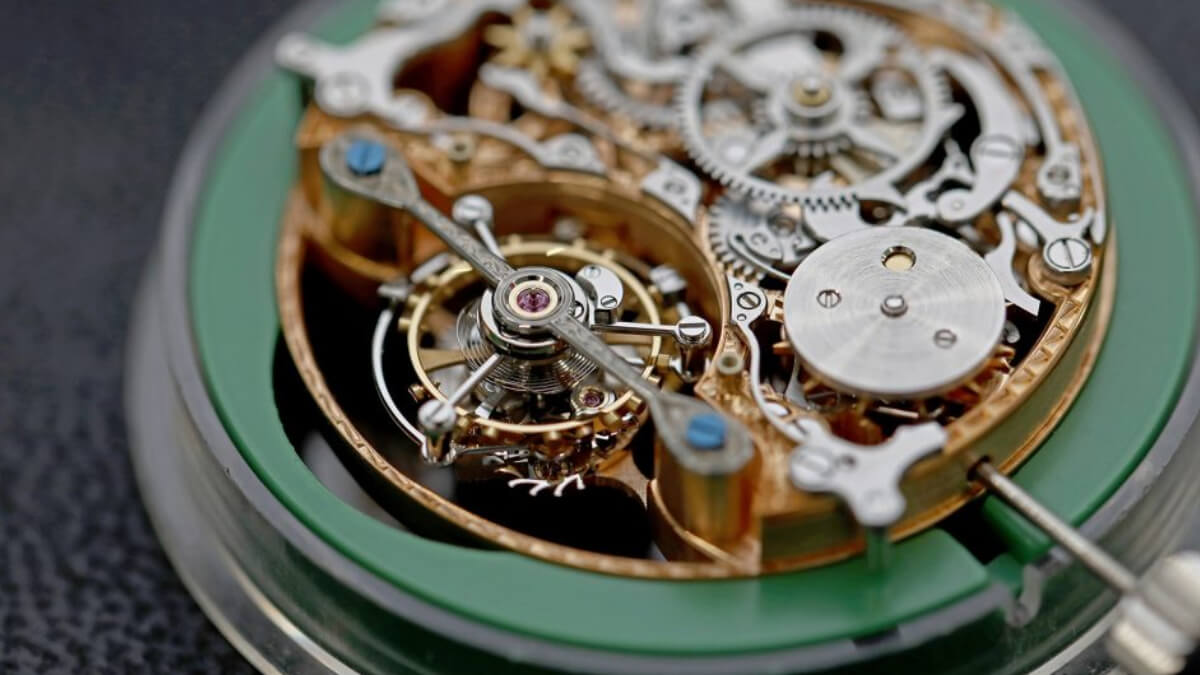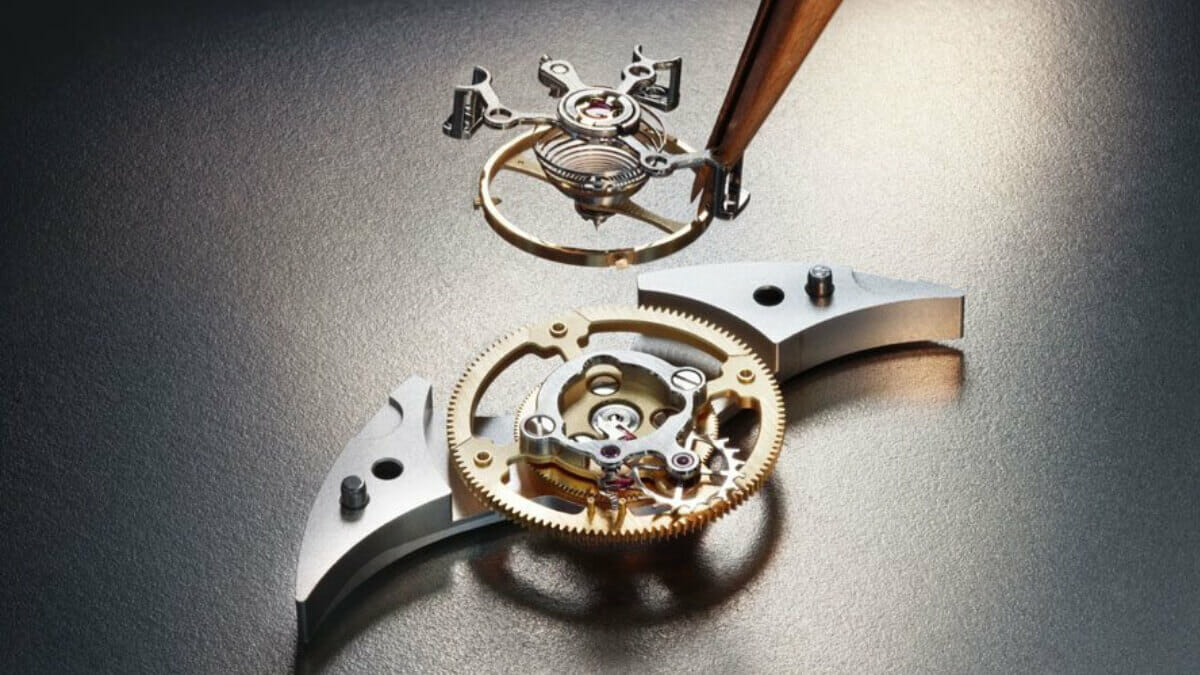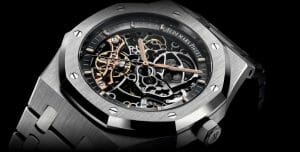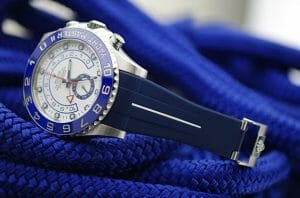
As one of the forerunners in the production of custom rubber watch straps, Rubber B believes it is important to consistently focus on using our platform to educate consumers about the world of horology so that they can make more informed purchasing decisions when evaluating what type of timepieces they would like to purchase.
Occasionally, these articles can focus more on the technical aspects of watchmaking, and this particular entry will fit into that category, as we haven’t posted a technical piece in quite some time. In today’s blog entry, we will be taking a closer look at the tourbillon style of the watch movement, including learning more about who invented the tourbillon watch, how tourbillon watches work, and prominent watches on the market today that have tourbillon movements (along with what straps pair well with them.)

While we will be using the terms “tourbillon” and “tourbillon watch” interchangeably in this article, it is important to note that “tourbillon” does refer specifically to a specialized kind of movement within the watch.
What is the History of the Tourbillon Watch?
The tourbillon watch was invented by Abraham-Louis Breguet in 1795 and patented in 1801, though the patent has long since expired, and tourbillon movements are now manufactured and placed in timepieces by various companies (we will revisit this in more detail at the end of the article.)
Abraham-Louis Breguet was a prominent Prussian (modern-day Germany) watchmaker and horologist
during the late 1700’s. At his peak, he was one of the most respected watchmakers in all of Europe, and his reputation grew to such high regard that he would count several prominent public figures, including European nobility, among his clients.
He would go on to found the namesake Breguet company, which today functions as the luxury watch division of the Swiss Swatch Group.
What is the History of the Tourbillon Movement?

Before we go into how the tourbillon movement actually functions, it is important to understand why the movement was invented in the first place. As with most inventions of note throughout human history, the tourbillon movement was designed to solve a very specific problem.
It is important to remember that pocket watches were the only available type of watches at the time, as wristwatches would not become widely available to the general public for another 150 years or so. Pocket watches were primarily kept in one of two positions: either vertical, when they were placed in someone’s pocket, or horizontally laid out on a table.
Abraham-Louis Breguet noticed that this caused a serious problem for the watches – the pull of gravity was putting significant strain on the movements within the watches, and this would result in imperfections and inaccuracies with regards to timekeeping. Not one to be deterred, even by physics itself, Abraham-Louis Breguet decided that he would invent a watch movement that would not be susceptible to gravity and therefore be more chronologically accurate.
How Do Tourbillon Movements Actually Work?

If you speak French, you have a slight bit of an advantage here, as “tourbillon” is French for “whirlwind,” which is actually a pretty accurate description of how the tourbillon movement functions.
Essentially, Abraham-Louis Breguet decided that the best way to go about solving this problem was to create an “anti-gravity” cage for the pieces of the watch movement so that gravity would be unable to exert any influence on them. The cage is a mechanism that quite literally spins on itself, hence the “whirlwind” nomenclature. Because the cage constantly rotates in a circle, the prevailing theory is that it would prevent gravity from being able to pull the mechanism too far in any one direction, thus rendering it inaccurate. However, there are competing schools of thought, depending on which horologist you ask, about whether the tourbillon movement actually does what it claims to do.
The tourbillon movement is an incredibly complicated mechanism – it comprises 70 unique parts, all of which are placed in an area half of the size of a dime. This is why watches with tourbillon movements are often more expensive than watches with traditional movements.
What Kinds of Modern Watches Have Tourbillon Movements In Them?
While they are not the most commonly used watch movement on the market (for the reasons mentioned above), there are several prominent watchmakers that use them in some of their product lines. For example, Audemars Piguet has several different Royal Oak watches that use these movements, such as the Tourbillon Extra-Thin 41 mm and the Self-winding Flying Tourbillon 4
Are You Looking for Custom Rubber Watch Straps for Your Royal Oak Tourbillon Timepiece? Visit Rubber B Today
Rubber B proudly offers rubber watch bands for both of the timepieces listed above, as well as for several other timepieces from Audemars Piguet, Rolex, Tudor, and other prominent watchmakers. For more information on our complete product catalog, simply visit our website today.
Follow us in instagram


















